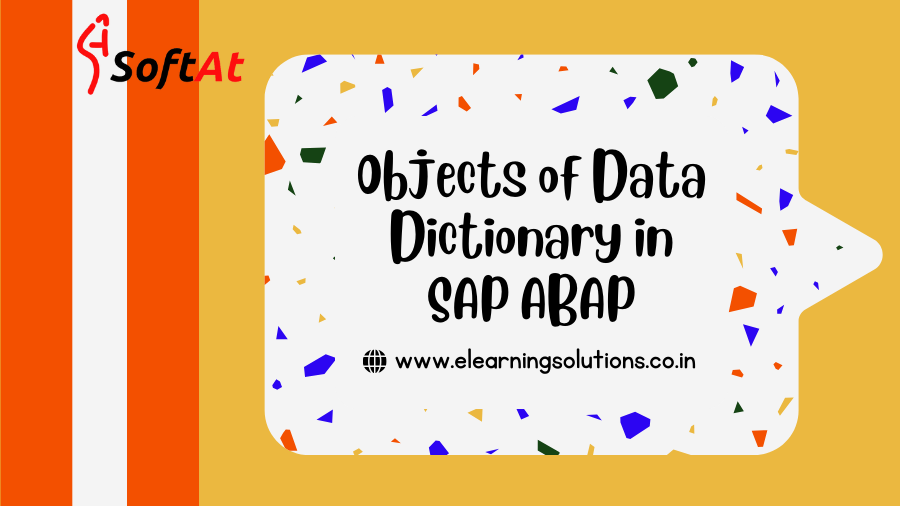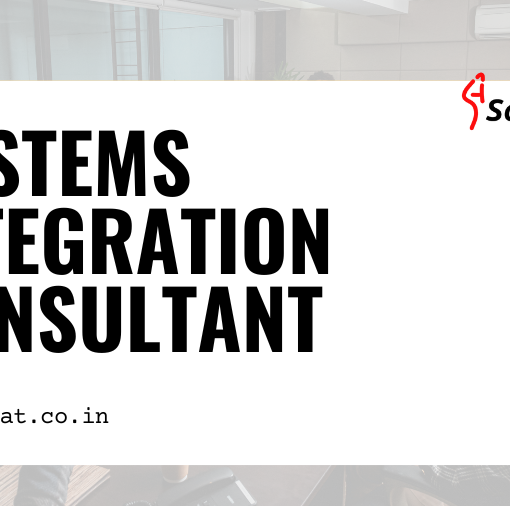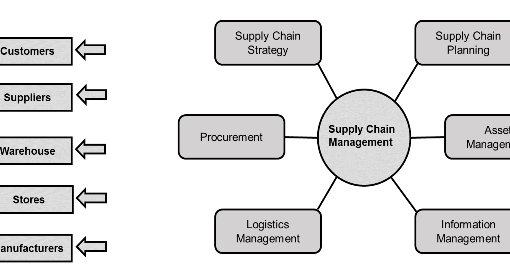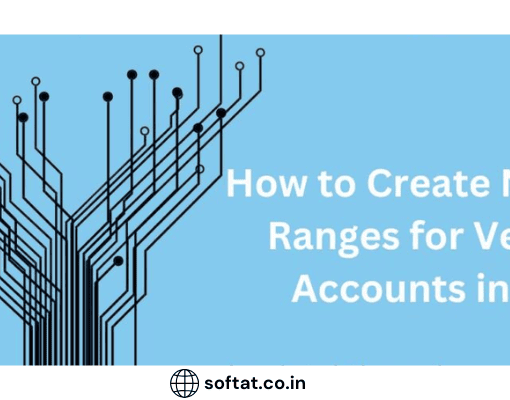Lost in the Labyrinth of SAP ABAP’s Data Dictionary? Uncover the Golden Keys! Imagine crafting an exquisite SAP ABAP program, its logic precise, its code elegant. But then, you hit a wall – the vast, echoing chamber of the Data Dictionary, with its cryptic objects and hidden relationships. Fear not, fellow coders! This guide is your torch, illuminating the secrets of Objects of data dictionary in SAP ABAP, transforming you from lost wanderer to master architect.
Tables, views, data elements – they’re not just random acronyms, but the building blocks of your digital masterpiece. We’ll dissect their structure, unveil their power, and show you how to wield them like seasoned SAP sorcerers. You’ll harness the data to craft efficient, well-organized code, leaving behind a trail of clean, robust applications. So, grab your metaphorical chisel and prepare to sculpt your coding destiny – the Data Dictionary awaits!
The Bricks and Mortar of Your Code: Core Data Dictionary Objects
Think of the Data Dictionary as your personal warehouse, brimming with building blocks to construct your SAP ABAP masterpieces. But before you unleash your inner Frank Lloyd Wright, it’s crucial to understand the fundamental materials at your disposal. Let’s dive into the cornerstone elements – the essential objects that form the bedrock of your coding endeavors.
1. The Pillars of Information: Tables
Imagine them as towering structures, meticulously organized and labeled. Tables store the heart of your data, from customer details to inventory levels. Each table boasts defined fields, like columns of a spreadsheet, holding specific data types. Their primary keys act as unique identifiers, ensuring each piece of information stands distinct. Foreign keys, like bridges between structures, connect tables, weaving complex relationships within your data landscape.
Creating and modifying tables is an art in itself. You’ll learn to define their structure, set constraints, and establish relationships, laying the foundation for robust and efficient data storage. Whether it’s a customer master table or a transaction log, these foundational structures hold the power to organize and manage your business information with precision.
2. The Flexible Facades: Views
Think of them as elegant drapes on your data’s windows, offering curated viewpoints without altering the underlying architecture. Views are virtual tables, constructed by combining or manipulating data from existing ones. They offer security by shielding sensitive information, enhance performance by streamlining queries, and present custom perspectives, tailored to specific needs.
Creating a view is like composing a personalized story from existing records. You choose the data elements, join tables like puzzle pieces, and filter information to highlight what matters most. Whether it’s a sales dashboard for executives or a filtered product list for customers, views offer dynamic presentations of your data, enriching user experience and fueling informed decisions.
3. The Guardians of Consistency: Data Elements and Domains
Imagine data elements as meticulous scribes, dictating the precise format and rules for each piece of information. They define data types like integers, dates, or currencies, ensuring consistency and preventing chaotic misinterpretations. Data elements act as building blocks for structures and tables, guaranteeing every field speaks the same language.
Domains take this a step further, serving as reusable templates for data elements. Think of them as pre-defined blueprints, dictating permissible values, lengths, and validation rules. By using domains, you ensure standardized data across your system, saving time, reducing errors, and maintaining a harmonious flow of information.
4. The Hidden Connectors: Relationships and Hierarchies
The Data Dictionary isn’t just a collection of isolated objects; it’s a vibrant tapestry woven with connections. Relationships between objects, like tables and views, create a web of dependencies and interactions. Foreign keys act as invisible threads, stitching tables together, while inheritance allows structures or tables to inherit properties from others, streamlining development and fostering code reuse.
Understanding these relationships and hierarchies is key to navigating the data landscape. The ABAP Dictionary (SE11) becomes your map and compass, allowing you to visualize connections, explore dependencies, and maintain the intricate dance of information flow within your applications.
5. The Orchestrators of Efficiency: Best Practices and Performance Considerations
Remember, even the most majestic palace can crumble without proper maintenance. Applying best practices to your Data Dictionary objects is like tending to your code’s garden, ensuring healthy growth and optimal performance. Clear naming conventions, informative documentation, and proper object usage create a well-organized codebase, minimizing errors and simplifying future maintenance.
Performance optimization becomes crucial as your data volumes and applications grow. Understanding common bottlenecks, like excessive joins or redundant database calls, allows you to fine-tune your code and make informed decisions about object design. Remember, efficiency is an ongoing journey, and the Data Dictionary offers powerful tools to keep your applications running smoothly and efficiently.
SAP BTP: Handling the Business Logic in RAP – Part 1
6. The Shapeshifters: Structures
Imagine structures as flexible clay, taking on any form you sculpt. They group logically related data fields, like customer name and address, creating cohesive units that can be reused throughout your code. Think of them as modular building blocks, reducing redundancy and simplifying complex data handling.
Mastering structures opens up a world of possibilities. You can define internal tables – dynamic, temporary data structures that hold your program’s working data – or create custom data types tailored to your specific needs. Structures add agility and efficiency to your code, allowing you to manipulate data with precision and ease.
7. The Data Whisperers: Search Helps and Value Ranges
Feeling lost in a sea of data? The Data Dictionary comes equipped with its own search party – search helps and value ranges! These handy tools act as beacons, guiding you to specific entries within tables. Search helps offer pre-defined criteria for filtering and finding what you need, while value ranges let you set custom filters based on specific data values.
Think of them as treasure maps, leading you to hidden gems within your information trove. Whether you’re searching for a specific customer by name or filtering a product list by price range, these tools streamline navigation and save you precious time. Master their use, and you’ll become a data whisperer, effortlessly extracting the information your code needs to shine.
8. The Watchdogs of Security: Authorization Groups and Field Groups
Remember, with great power comes great responsibility. The Data Dictionary provides crucial tools for safeguarding your valuable data. Authorization groups act as gatekeepers, controlling access to specific tables and fields based on user roles and permissions. Field groups bundle related fields together, simplifying data entry and manipulation while preserving security by hiding sensitive information.
unveiling its hidden gems and equipping you with the tools to master its every corner.
9. The Interpreters of Code: Documentation and Comments
Imagine crafting a beautiful melody, but nobody knowing how to play it. Documentation and comments become your musical annotations, ensuring your code sings its story loud and clear.
- Documentation: Think of it as the sheet music, laying out the purpose, structure, and logic of your Data Dictionary objects. Clear and concise documentation becomes your future self’s best friend, providing context and saving countless hours of head-scratching when revisiting your code.
- Comments: These are your performance notes, sprinkled throughout your code to explain specific lines or sections. Picture them as helpful stage directions, guiding fellow developers and future you through the intricacies of your logic.
Don’t underestimate the power of documentation and comments. They bridge communication gaps, accelerate bug-fixing, and ensure your code becomes a shared masterpiece, not a lonely enigma.
10. The Lifelong Lerners: Keeping Up with the Data Dictionary’s Evolution
Remember, the Data Dictionary isn’t a static museum exhibit; it’s a living, breathing ecosystem, constantly evolving with new features and functionalities. Embrace your inner explorer and:
- Stay updated with SAP notes and documentation: They offer invaluable insights into new features, bug fixes, and best practices.
- Attend workshops and conferences: Connect with fellow developers, share experiences, and learn from the experts.
- Explore online resources and communities: Countless websites and forums offer tutorials, tips, and real-world application examples.
API Documentation: A Comprehensive Guide
Continuous learning is your key to remaining a Data Dictionary maestro. By embracing new advancements and sharing knowledge, you not only elevate your own skills but also contribute to the ever-evolving tapestry of SAP ABAP development.
So, dear fellow coder, close the dusty manual and bid farewell to cryptic error messages. This guide was your Rosetta Stone, deciphering the secrets of SAP ABAP’s Data Dictionary and equipping you with the tools to become its master architect. You explored the foundational blocks like tables and views, learned to bend data to your will with structures and data elements, and navigated the security landscape with authorization groups and field groups. Documentation became your musical score, comments your stage directions, and continuous learning your lifelong quest.
Now, armed with newfound knowledge and empowered by this guide, unleash your coding prowess! Let the Data Dictionary be your canvas, not your cage. Craft applications that hum with efficiency, sing with clarity, and dance with security. Remember, the journey to Data Dictionary mastery is paved with experimentation, curiosity, and a touch of fearless code tinkering. So, don’t wait – dive into the vibrant world of objects, relationships, and possibilities. The digital masterpiece within your reach awaits, and with this guide as your compass, you can surely find your way.
Happy coding, and may your ABAP symphonies resonate for years to come!





